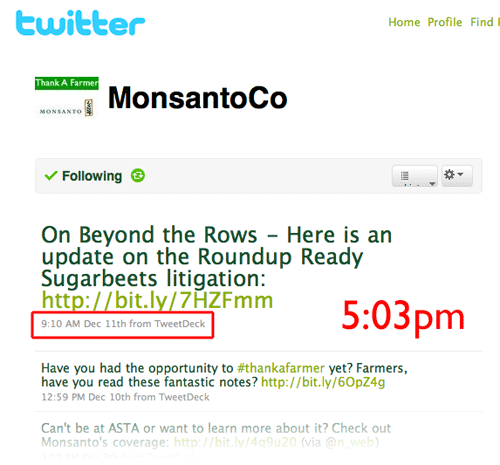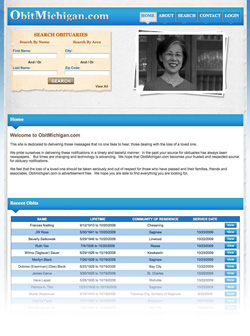 One of the findings of an Adweek Media/Harris Poll taken in December 2009. Only 43% of US adults say they read a daily newspaper – either online or in print – almost every day, while 72% read one at least once a week and 81% read one at least once a month. The study found that one in ten adults say they never read a daily newspaper.
One of the findings of an Adweek Media/Harris Poll taken in December 2009. Only 43% of US adults say they read a daily newspaper – either online or in print – almost every day, while 72% read one at least once a week and 81% read one at least once a month. The study found that one in ten adults say they never read a daily newspaper.
“Daily newspaper readership skews heavily toward the older age groups. Almost two-thirds of those ages 55+ (64%) say they still read a daily newspaper almost every day. Younger Americans read newspapers less often. Just more than two in five of those ages 45-54 (44%) read a paper almost every day as do 36% of those ages 35-44. However, less than one-fourth of those ages 18-34 (23%) say they read a newspaper almost every day and 17% in this age group say they never read a daily newspaper.
Though many newspapers are exploring the possibility of charging a monthly fee to read a daily newspaper’s content online, the poll results suggest this tactic is unlikely to work. Three-fourths of online adults (77%) say they would not be willing to pay anything to read a newspaper’s content online. Among the minority willing to pay, one in five online adults (19%) would only pay between $1 and $10 a month for this online content and only 5% would pay more than $10 a month.
The average monthly amount consumers are prepared to pay ranges from $3 in the US and Australia to $7 in Italy.
I want to be depressed by these findings but must confess that I do not read a hold-it-in-your-hands newspaper and I’ve never been better informed. I spend the first two hours of every days gobbling up news from dozens of sources. And much (most?) of the real news comes from newspapers that are bleeding red ink.
What will I be reading if/when those traditional sources are no long? I have no idea.



